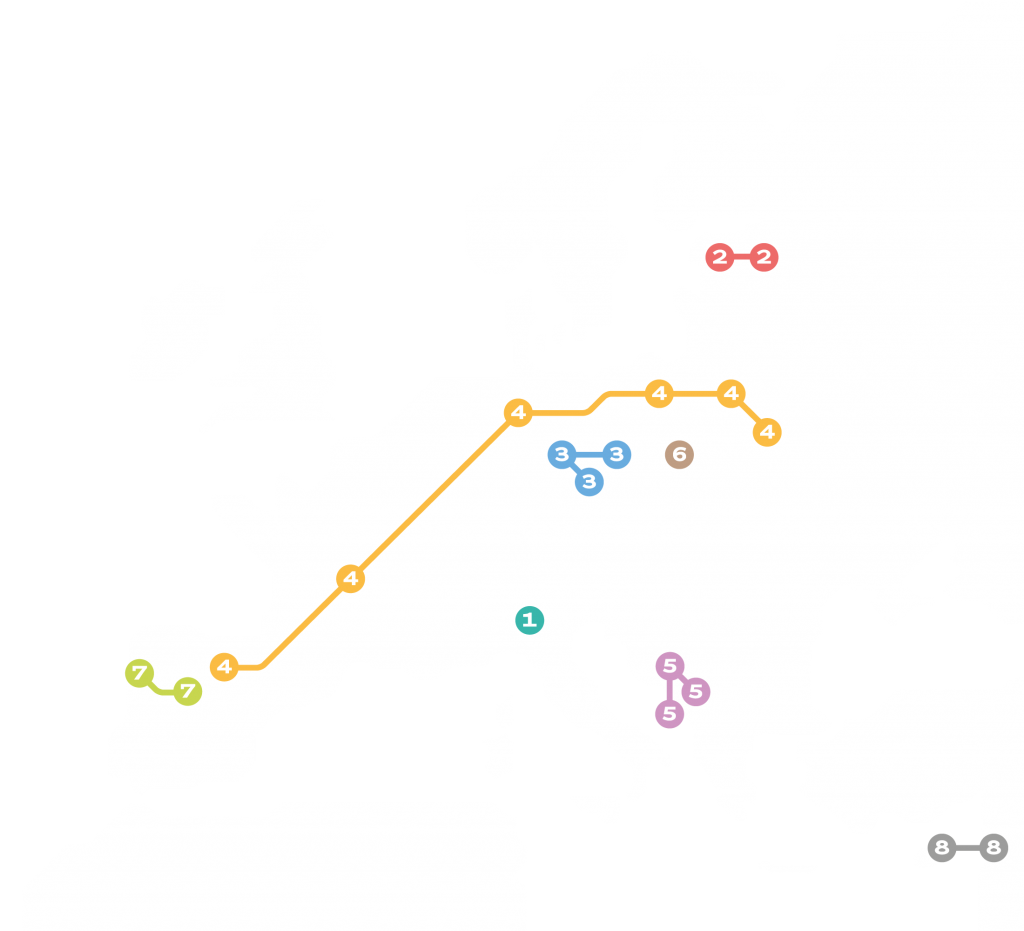Tarnowskie Góry is a small city (approx. 60 000 inhabitants) situated on the northern fringe of Upper Silesia. The site has been one of the most important industrial centres in this part of Europe since the 16th century. It owes its fame to the silver, lead and zinc ore mining. In the late 1700s Tarnowskie Góry earned its permanent place in the history of the Industrial Revolution, due to the very early use of steam technology in underground drainage and the volume of local zinc production, which in the 19th century covered almost a half of global zinc consumption. The post-mining heritage of the Tarnowskie Góry and its surroundings belongs to the Industrial Monuments Route, based on the tangible and intangible industrial heritage of Silesia. The Tarnowskie Góry mine is also a UNESCO World Heritage Site. Historic post-industrial facilities, in particular those inscribed on the UNESCO list, can be an important factor in strengthening regional cultural identity.
During the TExTOUR project,Tarnowskie Góry achieved the following objectives:
- Sharing experience with other similar sites
- Conducting scientific research on the environmental impact of post-industrial cultural tourism
- Developing a model for managing cultural routes
- Integrating components of cultural routes with local development policy and strengthening of the involvement of entrepreneurs
- Improving fund-raising mechanisms for revitalization, maintenance and promotion of facilities
- Creating innovative tools to manage and promote cooperation in the field of culture tourism






